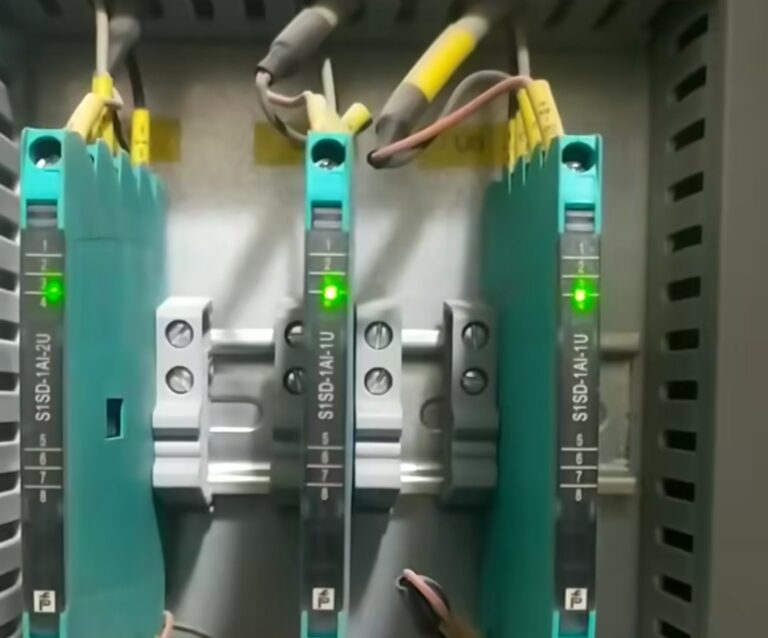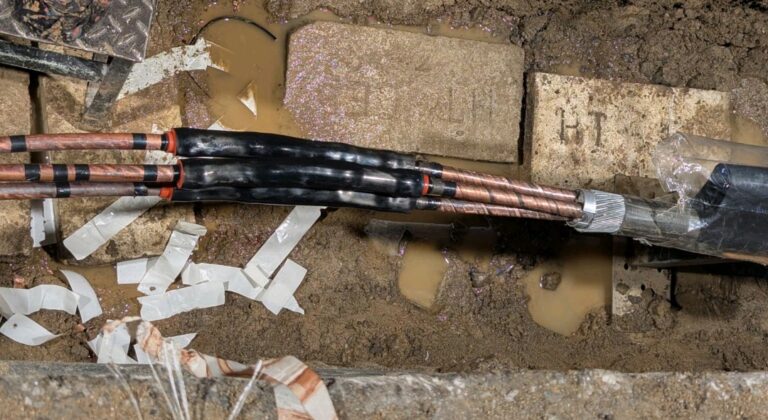A substation and a switchyard are both critical components in the electrical power system, but they serve different purposes and have distinct characteristics:
1. Substation
(i)Function:- A substation is a facility that transforms voltage levels, controls the flow of electricity, and provides points for switching and protection. It connects different parts of the power system, such as transmission lines, distribution lines, and generating stations.
(iii)Components: Substations typically include transformers, circuit breakers, disconnect switches, busbars, and protective relays.
(iv)Types: They can be classified based on voltage levels (e.g., EHV, HV, MV, LV), location (indoor or outdoor), and application (step-up, primary grid, secondary, distribution, etc.).
(v)Role: Substations play a crucial role in voltage regulation, load balancing, and ensuring the reliability and stability of the power supply.
2.Switchyard
(i)Function: A switchyard is primarily a collection of switches and related equipment used to connect and disconnect transmission lines or other electrical components. It is often located at generating stations or substations.
(ii)Components: Switchyards mainly consist of disconnect switches, circuit breakers, busbars, and sometimes transformers.
(iii)Types: They are usually classified based on their configuration (air-insulated or gas-insulated) and location (outdoor or indoor).
(iv)Role: Switchyards are essential for routing electricity from generating stations to the transmission network and for isolating parts of the system for maintenance or fault conditions.

